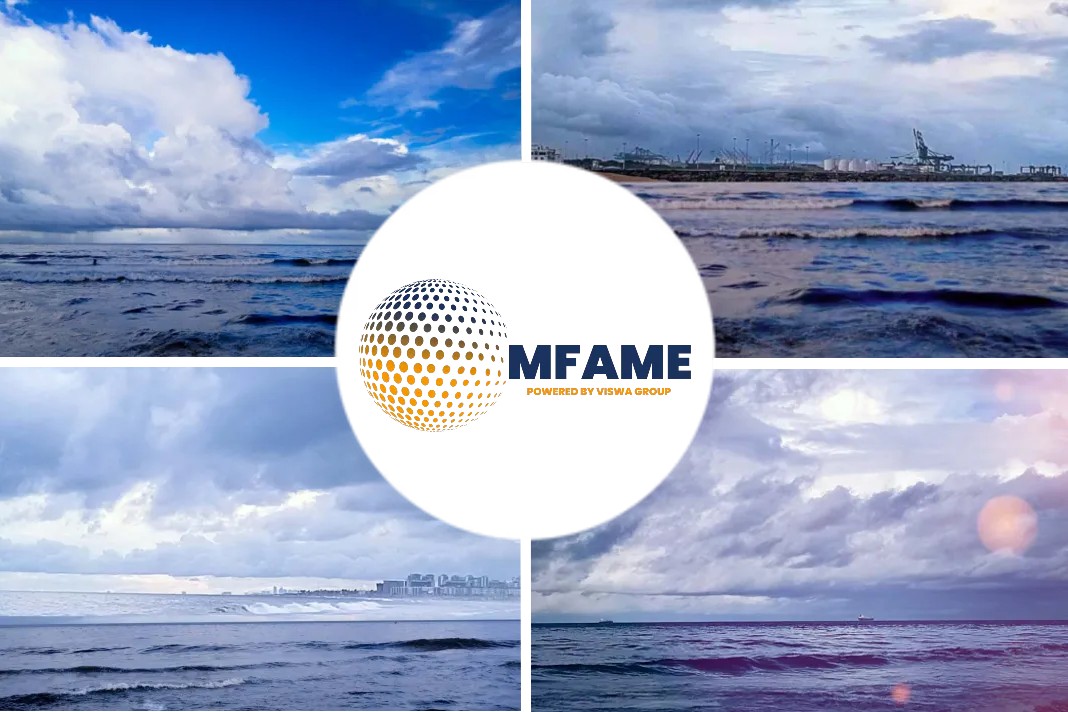
During the 2023 GREEN4SEA Forum, Dr. Edmund Hughes, Director, Green Marine Associates, presented key issues to be resolved on the Revision of the IMO GHG Strategy at MEPC 80 in July. He briefly mentioned the current status of IMO negotiations and provided an overview of proposed technical and economic measures being considered by IMO including ways to encourage the uptake of alternative low-/zero-carbon fuels.
There are two reasons why shipping changes. The one, is to make more money and the other is regulation. At the moment, we have lots of discussions about targets, goals, ambition, barriers and what we are going to do up to 2050. But what the European Union is doing is regulation. Mandatory requirements that make people act, change and have to respond.
Regulation of GHG emissions
If IMO doesn’t come forward with credible plans and policies, then the likelihood of measures following that, is going to be diminished. This will happen because people are going to look at those measures and say that these are unworkable for shipping and the global trade and commerce it services. Furthermore, it will further undermine the primacy of IMO as the global regulator for shipping as other regions/countries are likely to take their own action to regulate GHG emissions from internationally trading ships.
Today, virtually all commercial activity in shipping is viewed by one or more States as political.
This quote, from 1987, captures essentially where we are with the greenhouse gas discussion. Because whilst many of people at this forum are ship owners, operators, managers and you understand the shipping industry, the people making the decisions at the moment about the future of shipping, for many of them it is a political game and shipping is just a politically expedient vehicle for them to gain leverage over other States.
The following key issues are really major issues that still need to be resolved by the governments at the IMO.
- Other GHG emissions or CO2 only?
- Carbon intensity of the ship be strengthened in 2030? N.B. CII review before 2026
- Additional GHG emission reductions goals added in 2030 and 2040?
- Absolute zero or net zero?
- “By 2050 at the latest”, “around mid-century”, “within this century”?
- Emissions reductions on a “Well-to-Wake”, “Tank-to-Wake” or “lifecycle” basis?
- Alternative fuel usage target e.g. 5% in 2030? What basis e.g. energy used, fleet basis, fuel mass consumed, etc?
- IMO determined carbon budget for international shipping sector or science based/aligned with 1.5°C?
- “Just and equitable transition”
- Date of finalization and agreement of mid-term measures identified before 2030?
- Key milestones?
- Future reviews/revision every 5 years?
Basket of measures
- Technical measure, a global fuel standard akin to the Fuel EU Maritime regulation, has been proposed, primarily from the EU member states, but this proposal includes a sort of trading system referred to as ‘surplus reward system’ as a way to comply and there is very little support by governments at IMO for an ‘emissions trading’ approach. It is suggested that a global GHG fuel standard like the one already in place for sulphur would be simpler to implement/enforce and, importantly, mean the onus would be on the fuel supplier to provide compliant fuel to the ship.
- Economic measure: to close cost gap with carbon fuels and reduce economic risk of using alternative low/zero carbon fuels and incentivise uptake.
- Development of lifecycle GHG/carbon intensity guidelines for all types of fuels, for effective uptake of alternative low-carbon and zero-carbon fuels – implementation.
Going forward, we must look at the mandatory measures, specifically the impacts on states in particular developing countries, as they want to know how these measures are going to impact them in terms of their trade and their economies and frankly if they consider the impacts are going to be too negative, then they won’t agree to a measure.
Impacts on States
- Disproportionately negative impacts should be assessed and addressed, as appropriate.
- Apply future measures to all ships but mitigate disproportionate impacts on developing States, in particular SIDS and LDCs e.g. disbursement of funds raised through implementation of an economic measure on ships
We need regulations to be updated if we are going to use all these alternatives. We have to make sure that the ships are safe. Eight years ago all these ships in the figure below were just concepts but now are either already in-service or eminently possible. Now we need a regulatory framework to enable us and incentivize us go forward.
Did you subscribe to our daily Newsletter?
It’s Free! Click here to Subscribe!
Source: Safety4sea
















